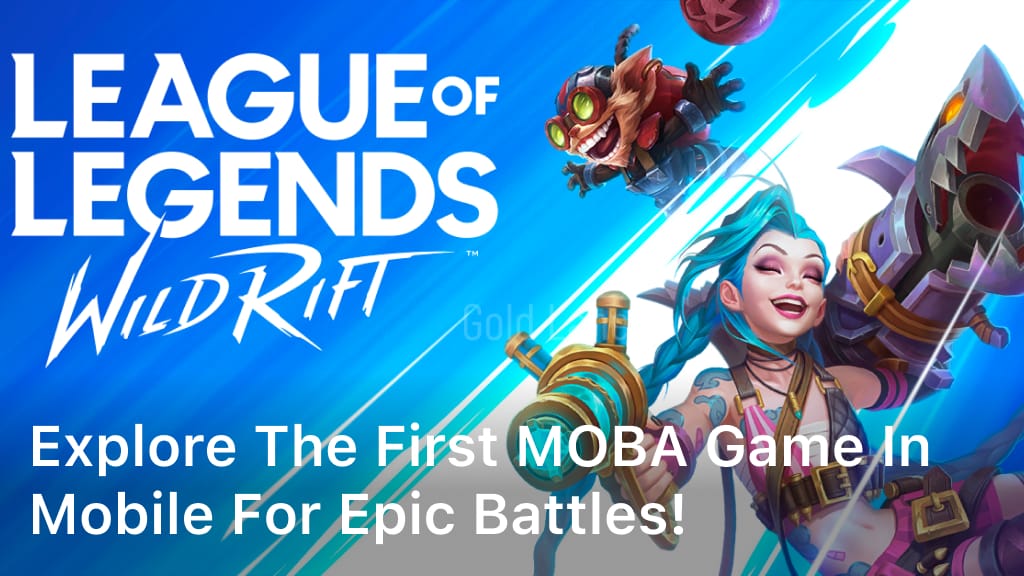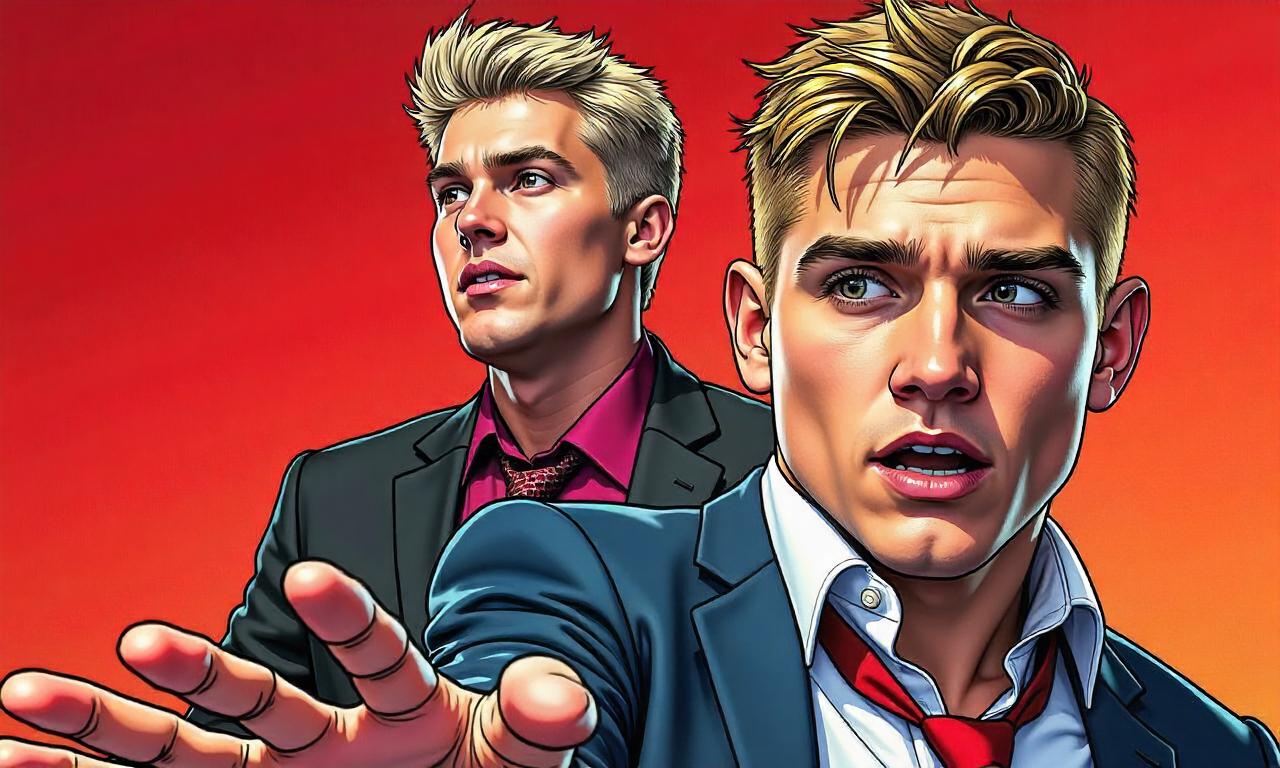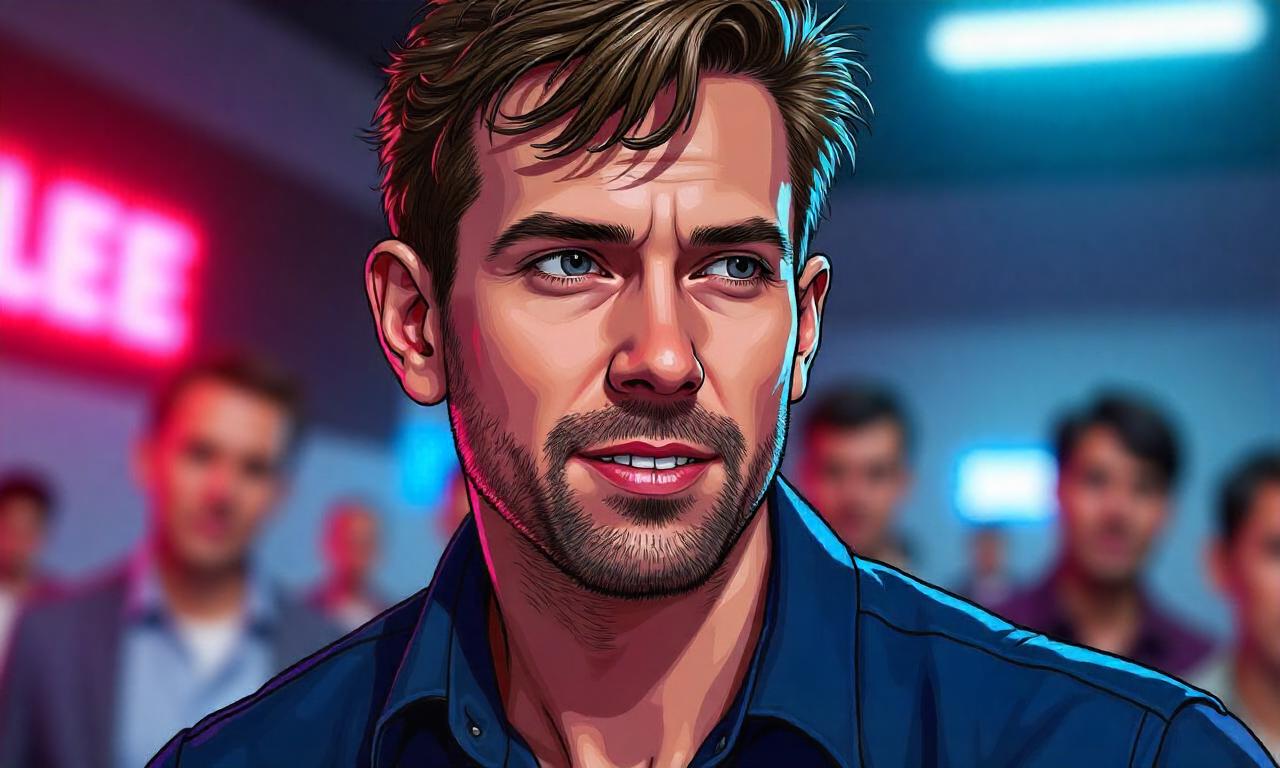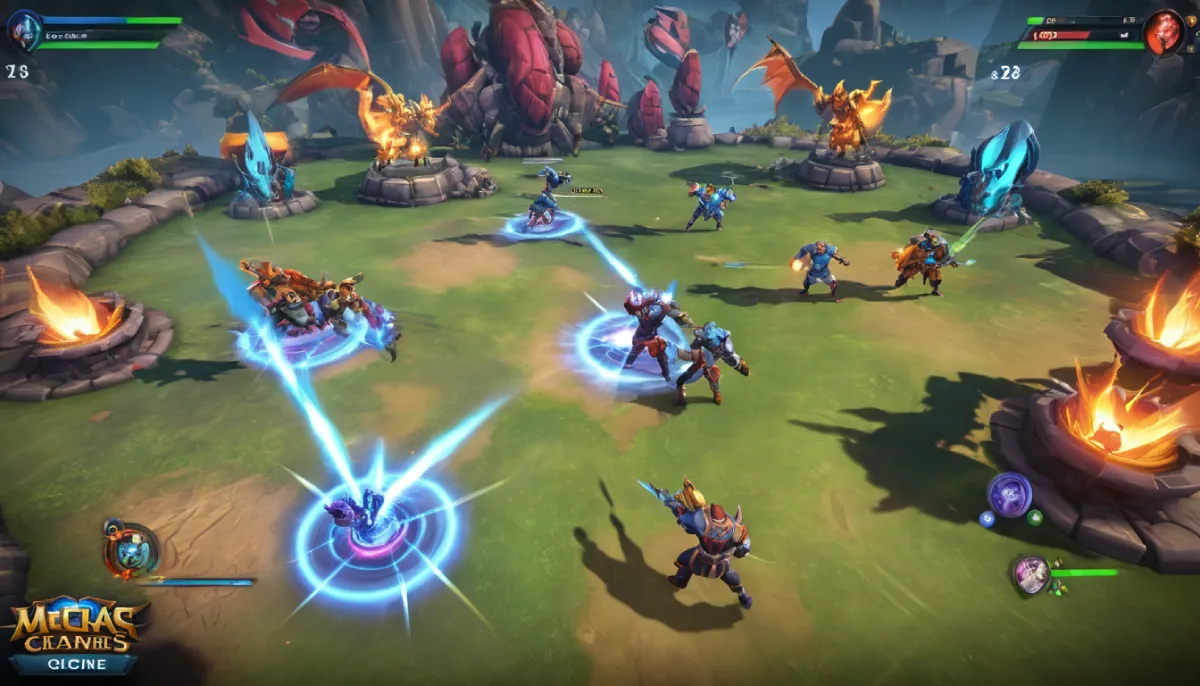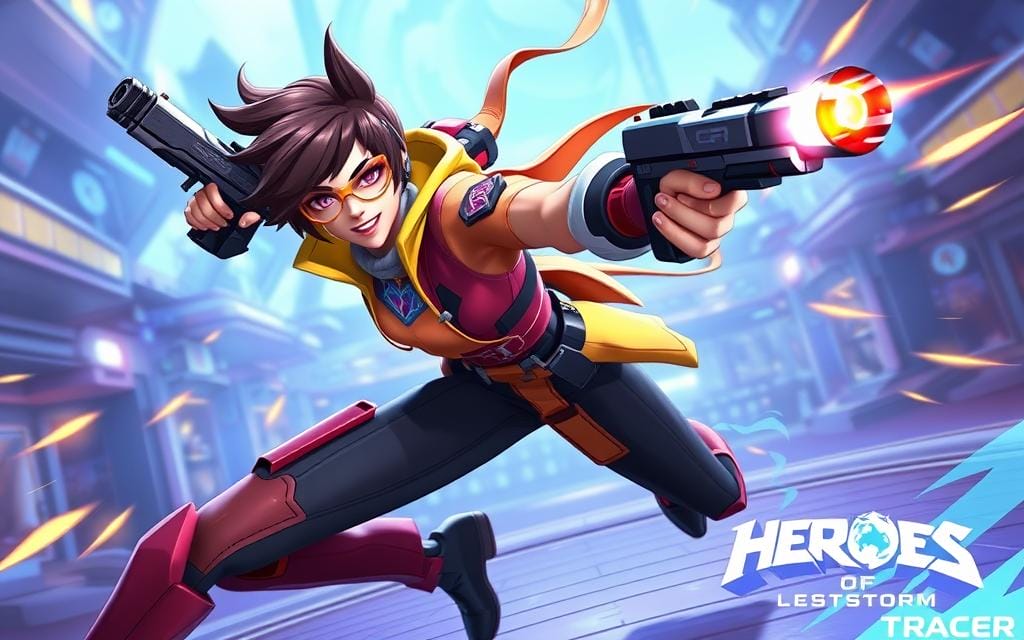goldlaner.com- Welcome to our comprehensive guide on MOBA games. If you’re wondering, “what is a MOBA game?”,
then you’ve come to the right place. MOBA, or Multiplayer Online Battle Arena, is a genre of online video games that has taken the gaming industry by storm. These fast-paced, team-based games require strategic thinking, skillful execution, and lightning-fast reflexes.
In this guide, we will take you through the origins and evolution of MOBA games, explain the key features that define them, introduce you to some of the most popular MOBA games out there, and explore their impact on the gaming industry and esports. Whether you’re new to MOBA games or a seasoned veteran, this guide has something for everyone.
So, what makes MOBA games so popular? Why do millions of players around the world spend hours upon hours battling it out in the virtual arena? And what role do MOBA games play in the world of competitive gaming? We’ll answer all of these questions and more in this comprehensive guide. Let’s dive in!
Table of Contents
ToggleOrigins of MOBA Games
In this section, we will explore the fascinating origins of MOBA games and how they have evolved over time. MOBA, which stands for Multiplayer Online Battle Arena, is a genre of video games that has gained immense popularity over the years.
The roots of MOBA games can be traced back to the early days of gaming, specifically to the Real-Time Strategy (RTS) genre. Games like Warcraft III and Starcraft had a significant influence on the creation of MOBA games, as they introduced the concept of controlling multiple units and managing resources in real-time.
The first MOBA game, Aeon of Strife (AoS), was developed as a custom map for the game Starcraft in the late 1990s. It allowed players to choose a hero and battle against enemy heroes in a team-based setting. This laid the foundation for future MOBA games, which expanded upon the concept and added new features.
One of the most significant contributions to the MOBA genre was the release of Defense of the Ancients (DotA) in 2003. DotA was a custom map for Warcraft III and introduced the now-iconic gameplay mechanics that define the MOBA genre. It also helped popularize the genre, paving the way for future games.
Over the years, MOBA games have continued to evolve and have become a staple in the gaming industry. Today, they are enjoyed by millions of players worldwide and have even become a competitive esports phenomenon, with professional players and teams competing in global tournaments for massive cash prizes.
Key Features of MOBA Games
In order to understand why MOBA (Multiplayer Online Battle Arena) games have become so popular, it’s important to understand their key features. These games are characterized by team-based gameplay, where players work together to defeat their opponents. The games typically take place on a large map divided into lanes, where each player has a specific role to play.
Team-Based Gameplay
One of the defining features of MOBA games is the focus on teamwork. Players must work together to achieve their goals and defeat the enemy team. Each player has a specific role to play, and success requires coordination and communication between team members.
Strategic Decision-Making
Another important aspect of MOBA games is strategic decision-making. Players must make decisions about where to go on the map, what objectives to focus on, and how to use their abilities effectively. These decisions can have a significant impact on the outcome of the game, and require careful consideration and planning.
Character Selection
MOBA games typically offer a wide range of characters, or “heroes,” to choose from. Each hero has unique abilities and playstyles, allowing players to find a hero that matches their preferences and playstyle. This also adds an element of replayability, as players can try out new heroes and strategies in each game.
Competitive Online Matches
Finally, MOBA games are known for their competitive online matches. Players can compete against other players from around the world, testing their skills and abilities in intense battles. These matches can be incredibly rewarding, and offer a sense of achievement when players are able to outplay their opponents.
Popular MOBA Games Currently Trending
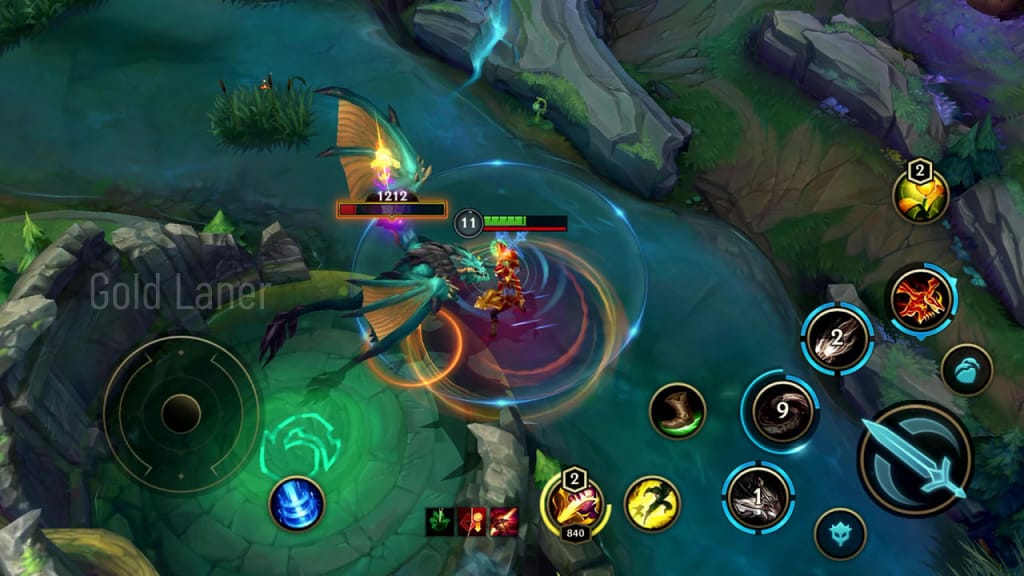
MOBA games have been gaining popularity in recent years, and today’s gaming scene is filled with numerous titles to choose from. Among them, there are a few that stand out as the most popular and trendsetting MOBA games, and we’ll explore them in this section.
League of Legends
League of Legends, or LoL, is arguably the most played MOBA game currently on the market. Developed and published by Riot Games, the game allows players to choose from a wide range of champions, each with unique abilities and strengths, and engage in matches lasting anywhere from 20 to 60 minutes. LoL is free-to-play, but players can purchase in-game content, such as skins and champions, with real money. The game’s competitive scene is also huge, with annual international tournaments and a huge fan following.
Dota 2
Dota 2 is a MOBA game developed and published by Valve Corporation, and is a direct sequel to Defense of the Ancients, one of the earliest MOBA games. Like LoL, Dota 2 allows players to choose from a large pool of heroes, each with their own abilities and playstyles. The game also features a dedicated esports scene, with a yearly tournament, The International, offering a prize pool of millions of dollars.
Heroes of the Storm
Heroes of the Storm, or HotS, is a MOBA game developed and published by Blizzard Entertainment. Unlike other MOBA games, HotS features heroes from other Blizzard franchises such as Diablo, Warcraft, and Starcraft. The game’s objective is to destroy the enemy team’s base, with players picking from a roster of heroes that have unique strengths and abilities. HotS also features a variety of game modes, such as quick matches, ranked play, and custom games.
These three MOBA games are just a few examples of the many options available to players today. Each game has its own unique features and community, and finding the right one for you can be a fun and rewarding experience. So why not jump into the world of MOBAs and see what all the fuss is about?
Addiction and Attraction of MOBA Games
MOBA games have captured the hearts of players worldwide, attracting millions of gamers who revel in the thrill of competitive gameplay and the rush of victory. But what makes these games so addictive?
The Unique Appeal of MOBA Games
One of the primary attractions of MOBA games is their team-based gameplay. Players must work together, strategize, and coordinate their efforts to secure victory over their opponents. This aspect of MOBA games fosters a sense of community and camaraderie among players.
Another crucial feature of MOBA games is their character selection. Players can choose from a wide range of heroes or champions, each with their unique abilities, strengths, and weaknesses. This diversity in character options allows players to tailor their gameplay to their preferred style, providing a sense of personalization and control over the gaming experience.
The competitive nature of MOBA games, coupled with their fast-paced action, also adds to their appeal. Matches can be intense and require quick decision-making skills, testing a player’s ability to think on their feet and adapt to unexpected situations.
The Psychological Effects of MOBA Games
Studies have shown that MOBA games can trigger dopamine release in the brain, leading to feelings of pleasure and reward. This response can be addictive, contributing to the drive to continue playing and achieving in-game objectives.
Additionally, MOBA games offer a sense of progression and accomplishment as players level up their characters, unlock new abilities and items, and climb the ladder in ranked gameplay. This feeling of accomplishment can lead to a sense of purpose and motivation to continue playing and striving for success.
The Dark Side of MOBA Gaming Addiction
While MOBA gaming can be a rewarding experience, it also has the potential to lead to addiction. Spending excessive amounts of time playing MOBA games can lead to neglect of real-life responsibilities, social isolation, and even physical health issues.
It is crucial for players to maintain a healthy balance between gaming and other aspects of their lives, setting limits on playtime and prioritizing real-world responsibilities and relationships. If you or someone you know is struggling with MOBA gaming addiction, seeking help from a mental health professional may be necessary.
Overall, MOBA games offer a unique and engaging gaming experience, attracting players with their team-based gameplay, character selection, and competitive nature. However, players must approach these games with caution and awareness of their addictive potential, prioritizing their wellbeing and maintaining a healthy balance in their gaming habits.
Role of MOBA Games in Esports
Nowadays, esports is a thriving industry, with massive global competitions and millions of players taking part in events worldwide. Among the most popular games in esports are MOBA games, which have had a significant impact on the professional gaming scene.
MOBA games are known for their competitive gameplay, requiring strategic thinking, teamwork, and quick reflexes. They are played at a high level of intensity, often featuring international teams competing for huge prize pools and global recognition.
One of the most notable MOBA games in esports is League of Legends. This game has become a cultural phenomenon, with massive tournaments like the World Championship attracting tens of millions of viewers from around the world.
Dota 2 is another MOBA game that has made a significant impact on the esports world, with its annual tournament, The International, offering multi-million dollar prize pools to the world’s best players.
The rise of MOBA games has also contributed to the growth of esports as an industry, with more and more fans tuning in to watch competitive gameplay and support their favorite teams and players.
Overall, MOBA games have become a fundamental part of the esports landscape, shaping the industry and providing exciting and engaging gameplay for millions of fans worldwide.
Conclusion
So, in conclusion, we hope this comprehensive guide has shed some light on the world of MOBA games and provided valuable insights into their origins, key features, and current status.
Despite the emergence of newer genres, MOBA games have managed to hold onto their popularity and continue to dominate the gaming scene. Their team-based gameplay, strategic decision-making, character selection, and competitive online matches have helped to attract a dedicated following of gamers who continue to find new challenges and fun experiences in these games.
Furthermore, the rise of esports has given MOBA games even greater relevance, as they feature prominently in many professional gaming tournaments and competitions. With the potential for lucrative sponsorships and prize pools, MOBA games have become a way for skilled players to make a living doing what they love.
Ultimately, whether you’re a seasoned gamer or new to the world of MOBA games, we hope this guide has been informative and useful. With their addictive nature and rapidly evolving gameplay, MOBA games are sure to continue captivating players and shaping the future of the gaming industry for years to come.
FAQ
What is a MOBA game?
A MOBA game, also known as a multiplayer online battle arena game, is a genre of video game that combines elements of real-time strategy and action role-playing games. In a MOBA game, players control a single character, known as a hero or champion, and work together with their team to defeat the opposing team by destroying their base. The objective is to strategically outmaneuver and overpower the opposing team, utilizing abilities, teamwork, and tactical decision-making.
How did MOBA games originate?
MOBA games can be traced back to the late 1990s and early 2000s, with the release of games like Aeon of Strife and Defense of the Ancients (DotA). These custom-made maps within popular real-time strategy games sparked the development of standalone MOBA games. DotA, in particular, played a significant role in popularizing the genre and setting the foundation for future MOBA titles.
What are the key features of MOBA games?
MOBA games are characterized by several key features. They typically involve team-based gameplay, where players work together with their teammates to achieve victory. These games require strategic decision-making, as players must choose when to engage in battles, when to defend, and when to push for objectives. Character selection is crucial, with each hero or champion possessing unique abilities and roles. Finally, MOBA games are known for their competitive online matches, often involving ranked gameplay and esports tournaments.
Which MOBA games are currently popular?
Some of the most popular MOBA games currently trending include League of Legends, Dota 2, Heroes of the Storm, and Smite. These games have garnered a massive player base and boast active competitive scenes, captivating millions of players around the world.
What makes MOBA games so addictive?
The addictive nature of MOBA games can be attributed to several factors. The strategic gameplay and intense competition provide a sense of challenge and accomplishment. The continuous updates and new content keep the games fresh and engaging. The social aspect of team-based gameplay fosters camaraderie and bonds among players. Additionally, the progression systems, rewards, and sense of mastery associated with learning and improving with each match contribute to the addictive nature of MOBA games.
How have MOBA games impacted esports?
MOBA games have played a significant role in the growth and development of esports. They have become a staple in professional gaming, with large-scale tournaments and leagues dedicated to MOBA titles. Games like League of Legends and Dota 2 have attracted millions of viewers and offer substantial prize pools, elevating esports to new heights. MOBA games have also inspired aspiring professional players, created career opportunities in the gaming industry, and contributed to the recognition of esports as a legitimate form of entertainment and competition.

